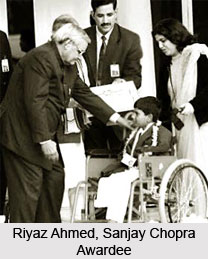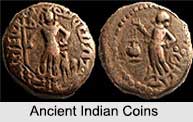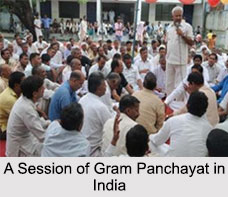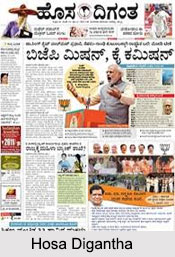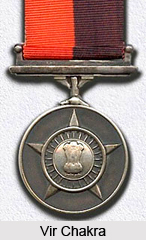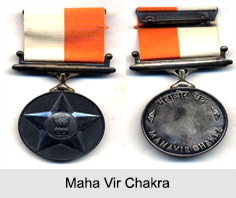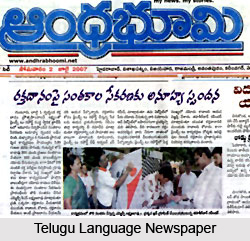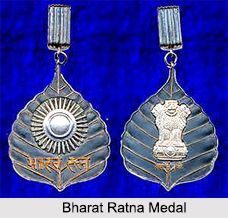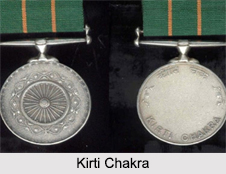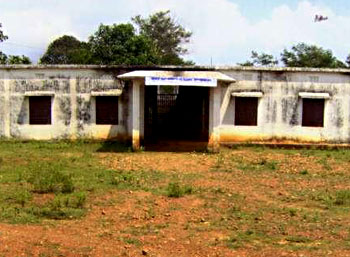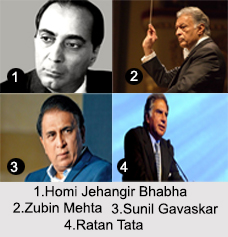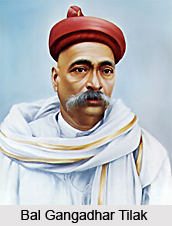 Extremists` faction was formed and led by Bal Gangadhar Tilak in 1907. Tilak`s views did not match that of the moderates` view that was led by Gopal Krishna Gokhale. The extremist group did receive support from like minded folks like Bipin Chandra Pal, Lala Lajpat Rai and Aurobindo Ghosh.
Extremists` faction was formed and led by Bal Gangadhar Tilak in 1907. Tilak`s views did not match that of the moderates` view that was led by Gopal Krishna Gokhale. The extremist group did receive support from like minded folks like Bipin Chandra Pal, Lala Lajpat Rai and Aurobindo Ghosh.
Rapid deteriorating economic conditions led to radicalization amongst advanced sections of the new Indian intellectuals. In Punjab Ajit Singh, Bal Gangadhar Tilak in Maharashtra, Chidambaram Pillai in Tamil Nadu and Bipin Chandra Pal in West Bengal formed the core of a new nationalist movement. Their aim was to remove the conservative leadership of the Indian National Congress.
Tilak was one of the main leaders who fought a political struggle against the forces of "moderation" that held sway over the Indian National Congress. The close of nineteenth century and early years of twentieth century witnessed the rise of Extremism. They were critical of the ideology and methods of the old leadership. They advocated Swaraj as the goal which had to be achieved through self-reliance and independent methods. This began when Tilak clashed with Moderates over the question of Social reform. Tilak was forthright in the criticism of the Government and its policies. He had to undergo imprisonment for the sake of the country. However there were few ideological differences with Tilak and his men that kept the Moderates in an advantageous position.
This article is a stub. You can enrich by adding more information to it. Send your Write Up to content@indianetzone.com.





